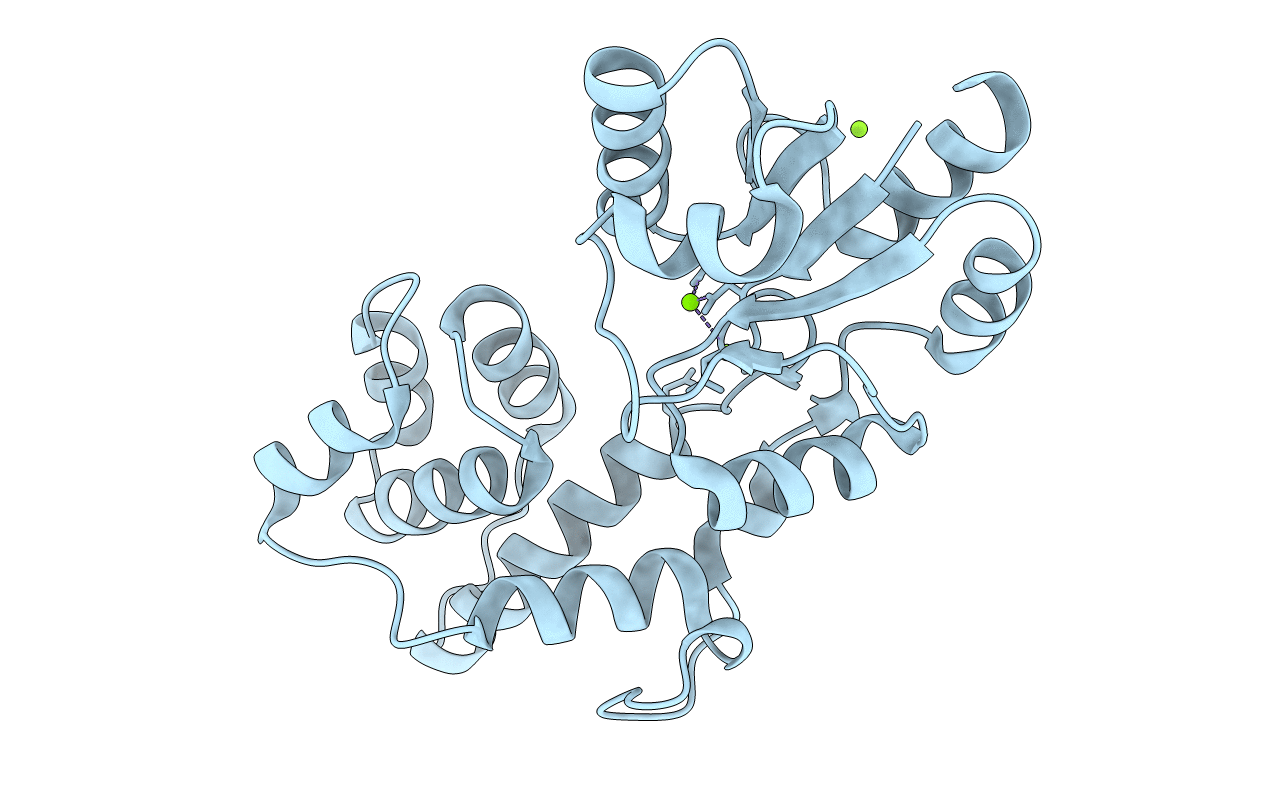
Deposition Date
2018-11-26
Release Date
2019-08-14
Last Version Date
2024-05-01
Entry Detail
Biological Source:
Source Organism:
Thermococcus thioreducens (Taxon ID: 277988)
Host Organism:
Method Details:
Experimental Method:
Resolution:
1.75 Å
R-Value Free:
0.22
R-Value Work:
0.18
R-Value Observed:
0.18
Space Group:
P 21 21 2


